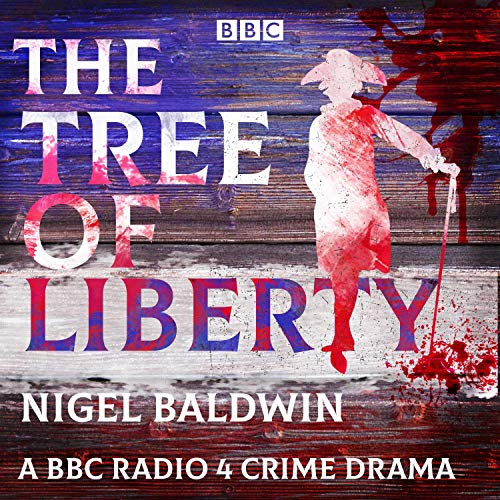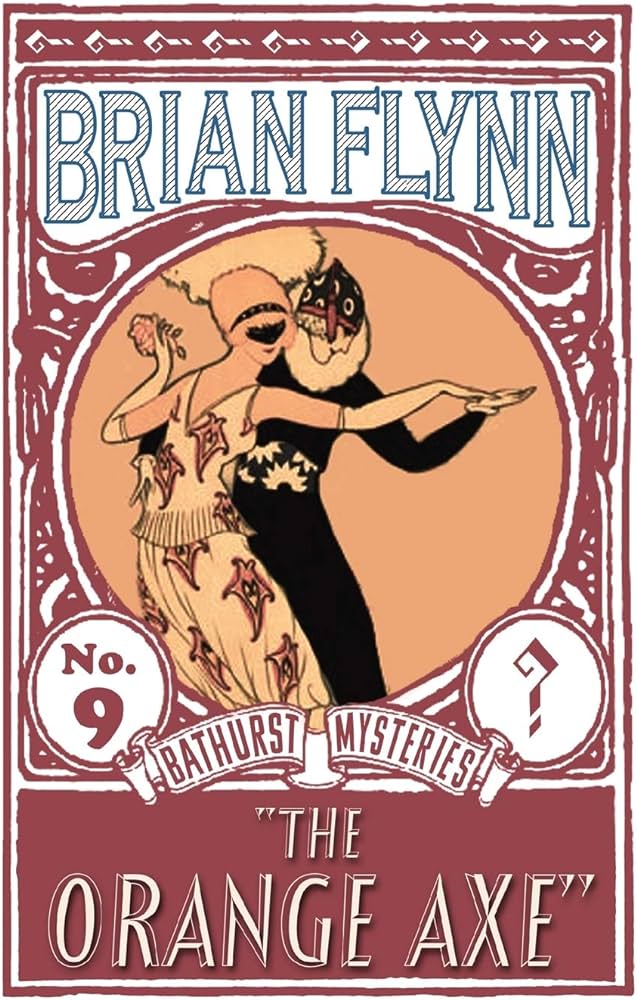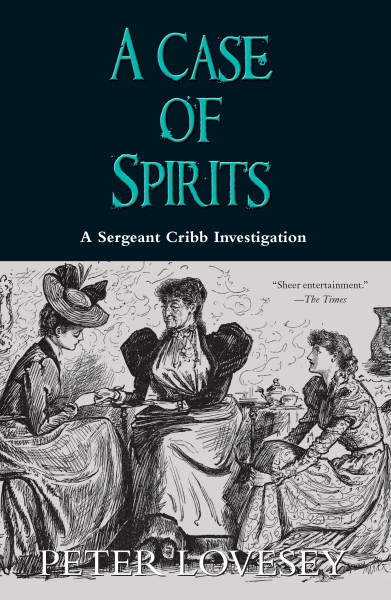
Originally published in 1943
Inspector Hugh Collier #10
The publication order of the Collier stories seems a little confusing to me – in his excellent introduction to the book, Curtis says it is the tenth by his reckoning so we’ll go with that.
Artists’ model Althea Greville was, in life, known as something of a femme fatale. But the phrase becomes only too literal. What initially appears to be red paint leads instead to Althea’s dead body, murdered in Morosini’s renowned school of art. Hugh Collier of Scotland Yard is called in, but two more murder victims follow, one of them a female student at the school, stabbed to death at a cinema. After many a twist, Collier selects the right piece in the puzzle to identify a murderer operating under cover of England’s World War Two black-out.
I am always excited to see when Dean Street Press announce a new set of titles, particularly when they feature an author that is entirely new to me. Recently they have started releasing some works by Moray Dalton (a pen name for Katherine Mary Deville Dalton Renoir) and, of course, I jumped right on them – picking up several titles.
The one that grabbed my attention most was this title, in large part because of its setting. For one thing the case is set during wartime – more on that in a moment – but also because of the art school setting. One of the ways I have spent my enforced confinement to the home over the past month is filming and editing art instructional videos for my wife’s students so I find myself in an arty mood at the moment.
The novel is set at an art school located about forty minutes outside London in the small market town of Scanbridge. The school is owned by an Italian artist whose interest in the institution has waned over the years as he makes only infrequent visits, preferring the more vibrant cultural and social life found in the capital. As a consequence the school is facing a bleak future thanks to the effect of the war and the ‘absurdly high’ fees.
It opens with the wife of the building’s caretaker unlocking and opening up the school building in an early November morning only to discover a woman lying dead on the classroom floor. One of the masters identifies her as the life model he had engaged from London and the local police, recognizing (and perhaps hoping) that the crime may have roots outside their jurisdiction, decides to send for Scotland Yard to investigate.
While the prospect of the locked school building may sound like the starting point for a locked room mystery, I should stress that it is acknowledged early in the book that there are several individuals who possess keys to the building. Those questions of access do factor into the mystery but are by no means a key focus of the story.
Instead Inspector Collier’s focus falls on exploring the history of the murdered woman and that of the individuals who make up the school’s teaching staff and student body. While the student body is a reasonably large group of characters, our attention is narrowed to just a couple of witnesses (the mechanism for that is a little contrived but I will take a little streamlining over the prospect of dozens of identical interactions).
This is not the sort of mystery that presents the reader with much in the way of physical clues – most of the information gained comes in conversation. Being so interview-driven works to the book’s advantage as Dalton’s detective, Collier, is charming and highly personable, using his interpersonal skills to ease people into revealing information to him.
The second murder, when it comes, added an additional layer of interest for me and leads to some of the book’s strongest exchanges. For instance, it is following that incident that Collier finally manages to meet with Mr. Morosini who proves a rather highly strung interviewee and who is easily the book’s most colorful character.
The aspect of the book that intrigued me most however was its setting and Dalton’s presentation of how wartime conditions affect both the fortunes of the school and the investigation. The latter is particularly well done in moments such as when Collier acknowledging that some usual approaches to crime solving, such as discreetly tailing a suspect, are just impossible in the blackout.
This brings me, a little reluctantly, to discuss the book’s conclusion which I have somewhat mixed feelings about. The reveal of the killer struck me as a little anticlimactic, in part because I think there is an argument to be made that Collier really doesn’t do much to bring that about. He certainly connects the dots at the right time but I was not entirely convinced that the character could have known for sure without that. That being said, other aspects of the conclusion make it quite an exciting and dramatic read.
The motive, when revealed, is powerful and a secondary plot is wrapped up in a way that I felt was quite pleasing and gave some characters an appropriately happy ending. It made for a nice closure to the story and I appreciated the way Dalton gives us a glimpse into how some characters’ lives have changed since they were caught up in The Art School Murders.
Overall, I found this to be a quick, engaging and entertaining read. I have, of course, indulged my Dean Street Press habit and purchased all of the other Moray Dalton titles currently available. Based on this experience I am very confident that I will be reading more from this author in the next few months.
The Verdict: A quick-paced and entertaining detective story.
Further Reading
This superb essay from Curtis Evans, the writer of the introduction to the Dean Street Press edition, touches on both blackouts in crime fiction and this book specifically.




Leave a comment